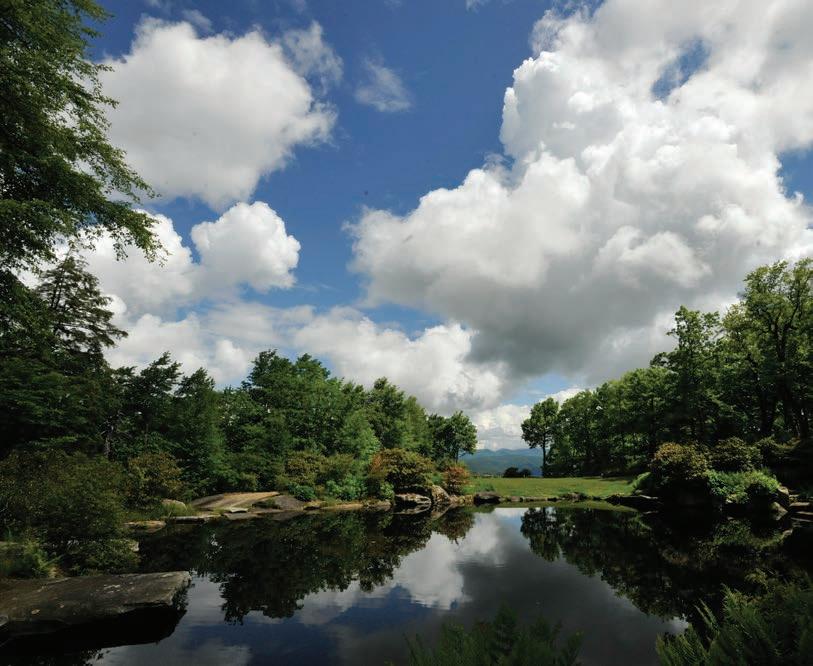
9 minute read
Southern Highlands Reserve
Your Chance to Preserve
The Southern Highlands Reserve, located near Panthertown in the wild part of Toxaway, is a sanctuary for the precious botanical treasures of this part of Western North Carolina and a beacon for the people who love them. To visit this private garden, you can make reservations online at southernhighlandsreserve. org/events
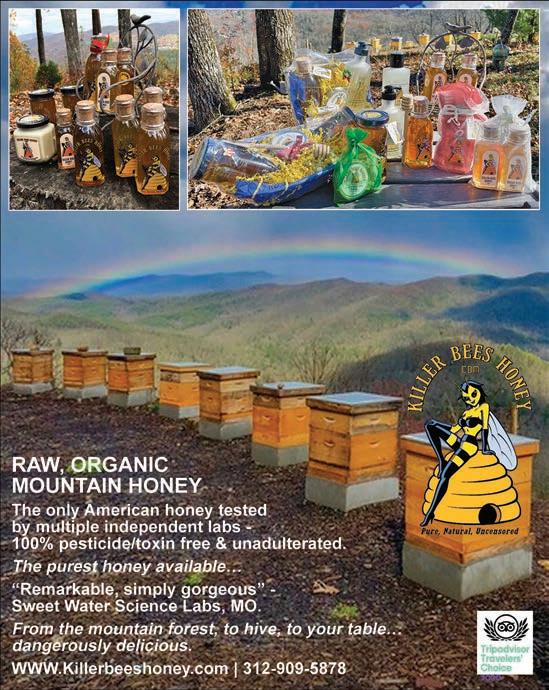
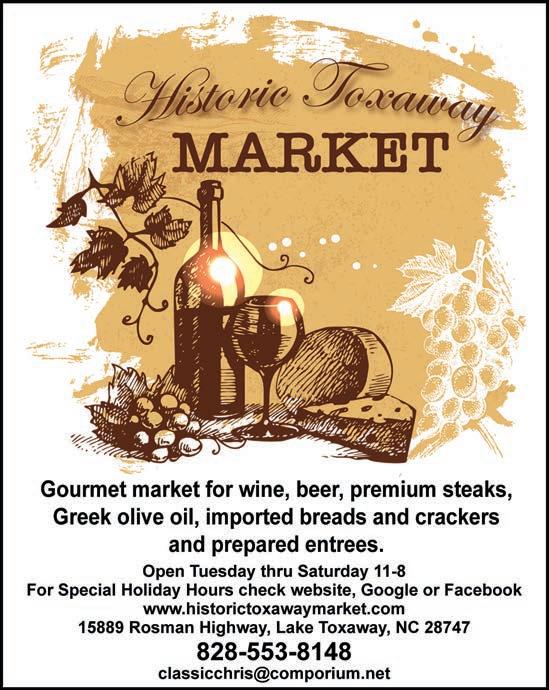
The emerald green that carpets the summits and coves of this corner of Western North Carolina represents a series of unique botanical ecosystems. Many of these systems are under threat from development and human encroachment. Specficially the spruce-fir forest which is the second most endangered ecosystem in the United States.
That’s why the Southern Highlands Reserve is so vital to the health of native plant and animal communities.
Located at the peak of Toxaway Mountain, also known as Hogback Mountain to the locals, this native plant arboretum and research center is dedicated to sustaining the natural ecosystems of the Blue Ridge Mountains. At the core of its mission is a determination to preserve, cultivate, and restore plants native to the region.
To accomplish this, the reserve has created approximately 20 acres of display gardens to demonstrate the beauty and complexity of these rare ecosystems. That’s in addition to the approximately 100 acres of natural woodland under conservation easement.
“At an elevation of 4,500 feet, the varied topography and forest types found on our 120 acres allow us to emulate many of the plant communities found in the higher reaches of the Southern Appalachians,” says the Reserve’s Executive Director Kelly Holdbrook. “The Reserve protects one of the largest known natural stands of rare Pinkshell Azaleas, hundreds of Hybrid Azaleas, and scores of native wildflowers.
“We also work with SASRI, the Southern Appalachian Spruce Restoration Initiative. SHR is a founding member of this regional organization. SHR propagates and provides red spruce trees for restoration plantings. To date we have planted over 5,000 on public land for generations to come to enjoy.”
If you’d like to observe the remarkable natural treasures curated at the Southern Highlands Reserve, make a point to schedule a Private Tour. These provide the opportunity for a deeply personal look at the true beauty and wonder of the Reserve. Private Tours are ideal for garden clubs, plant societies and master gardener groups. Cost is a $350 minimum per group up to 10 people, and $35 per person from 11 to 20.
Plan ahead if you’d like to secure a specific date. Tour dates sell out quickly. Visit southernhighlandsreserve.org for information about SHR and its work on Toxaway Mountain.
by Luke Osteen
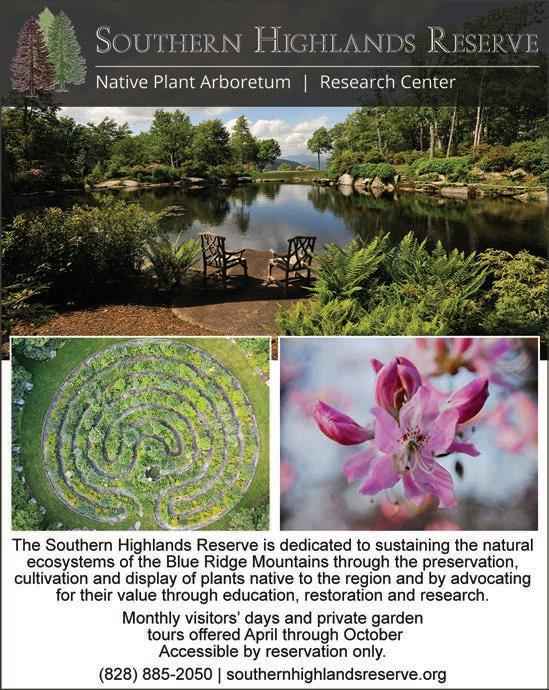

Embrace Your Health
Marlene Fennimore’s Healing Through Harmony, is a one-stop center for healing the body and the spirit through compassionate care and a boutique stocked with items to make life sweeter. Now she’s branching out into home health care and personalized chef services.
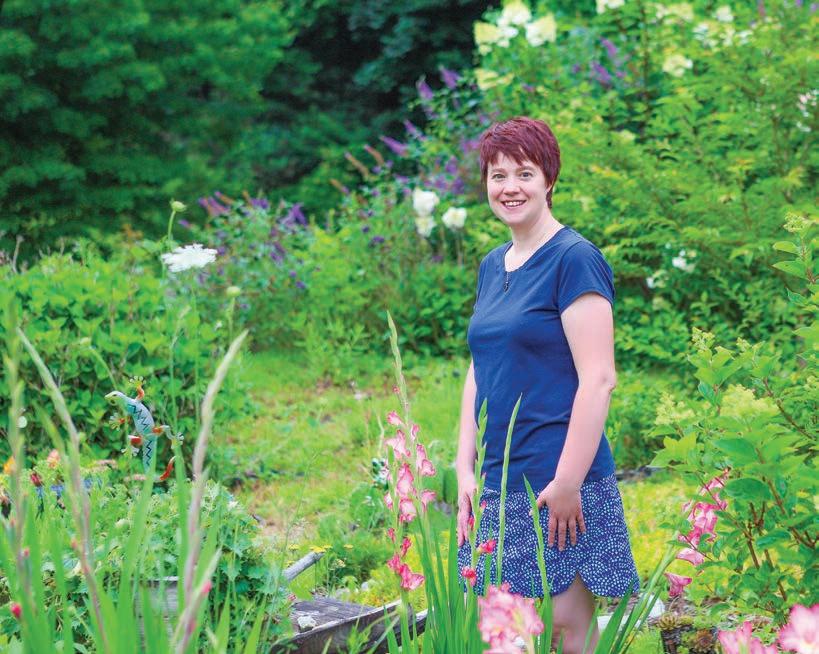
Marlene Fennimore

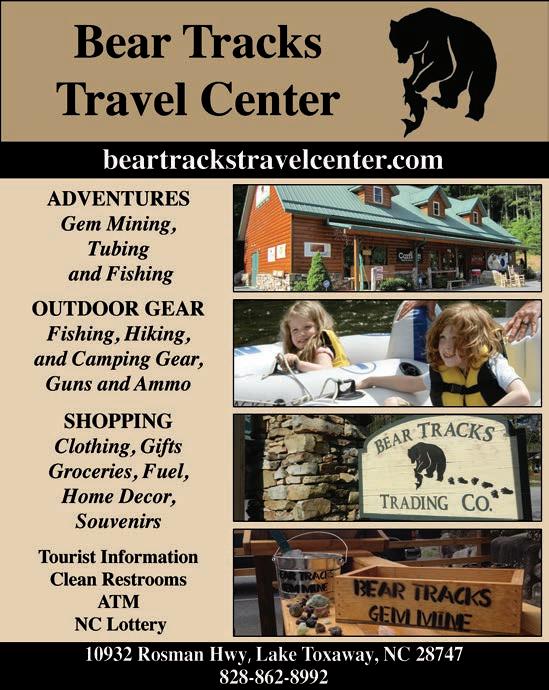
There’s an aura of tranquility and warmth that seems to emanate from Marlene Fennimore, the owner of Healing Through Harmony.
That sense of gentle compassion has made her massage studio a welcome destination for those seeking a bit of comfort from the stresses of the body and mind that accompany 21st -century life.
It’s also at the core of her boutique, which offers high-end, custom-blended skin and body products (bath salts, sugar and salt scrubs, bath bombs, soaps, body lotion, room and linen sprays, essential oil roller blends). These items have proved so popular that she’s now offering custom gift baskets for birthdays, weddings, and special occasions.
Her boutique also boasts one-of-a-kind, hand-knitted, hand- woven “wearable art” made of luxurious fibers including merino wool, alpaca, silk, and linen.
And now that same genuine compassion that’s given her business such vibrant life has taken her in new directions – home health care and offering her services as a personal chef.
Her home health care service includes short term (after injury or surgery), and long-term care for the elderly.
Home health care is a service that provides older adults much-needed companionship and help with daily activities (bathing and dressing, making dinners, having conversations, making appointments, making emergency calls or inquiries, and exercising regularly, among other activities).
“With my extensive background in nutrition and dietary needs of the elderly, I want to focus on personal chef options, tailored to fit the client’s needs – whether meal planning for specific/individual dietary needs, shopping for groceries, food prep, cooking meals, or the whole bundle,” she says. “I want to work with clients individually and customize my services to fit their needs and lifestyle. Cooking meals can be one meal on a specific day, to large meals prepared and packaged to be refrigerated and/or frozen for the whole week.”
And of course, at the heart of all this, is Marlene herself.
“My passion is to inspire natural health and happiness through harmony, wholeness, and balance — to create optimal wellness from the inside out — one client at a time.”
If you’d like to know more about Marlene and her services, visit healingbeautyharmony.com, call (828) 966-4477, or visit her at 16944 Rosman Highway, Lake Toxaway.
by Luke Osteen
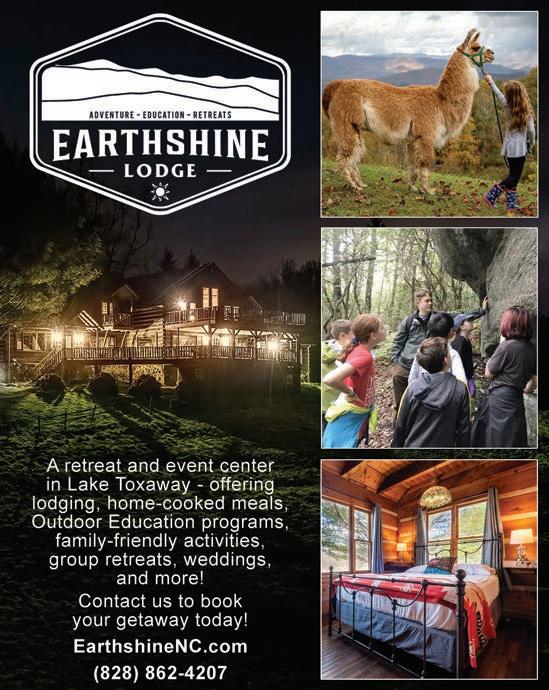

The Chestnut Exodus
A second catastrophe in the 1920s scattered Toxaway families to the Pacific Northwest, and beyond.
If you’ve been keeping up with my Toxaway accounts for the last couple of issues, you’ll recall that I was puzzled by the flurry of obituary notices ending up in The Crossroads Chronicle in the 90s about men and women of Toxaway who’d passed away at the other end of the continent in Oregon.
I’ve also mentioned that the Toxaway community was devastated by the collapse of the earthen dam that’d created Lake Toxaway and initiated the first wave of destination tourism and glamping.
But now we come to the second catastrophe that struck this little community and extinguished the livelihoods of so many of the people living in this corner of Transylvania County.
The Chestnut blight arrived in America in 1904, carried by infected chestnut trees imported from Asia.
This ferocious parasite spread quickly, and found a waiting buffet table in the deciduous forests that lined the Eastern Seaboard.
Here in Western North Carolina it was estimated that one in four hardwoods in our forests was an American chestnut.
And the vast chestnut forests that carpeted Toxaway were an economic treasure that’s never been duplicated. The wood of the American chestnut was lightweight, resistant to decay, and wouldn’t warp or shrink.
The bark and wood were rich in tannic acid, which provided tannins for use in the tanning of leather.
The tannins produced at Toxaway kept three local enterprises in operation – the Toxaway Tanning Company, the Rosman Tanning and Extract Company, and the Transylvania Tanning Company.
But those boom times ended with the arrival of the blight.
Families were devastated and the community shattered.
Yet some young men heard rumors of the deep forests of Oregon and Washington that needed skilled woodcutters to harvest their resources. These resourceful men and their families undertook a small-scale migration to the Northwest, where they’d rediscover the good jobs and comfortable lives that had been taken from them by that blight that still ravages the resilient local chestnut stumps that send up shoots in the spring, even to this day.
That explained the mystery of how my grandfather’s friend Uncle Mac ended up in an obituary sent from Oregon.
by Luke Osteen

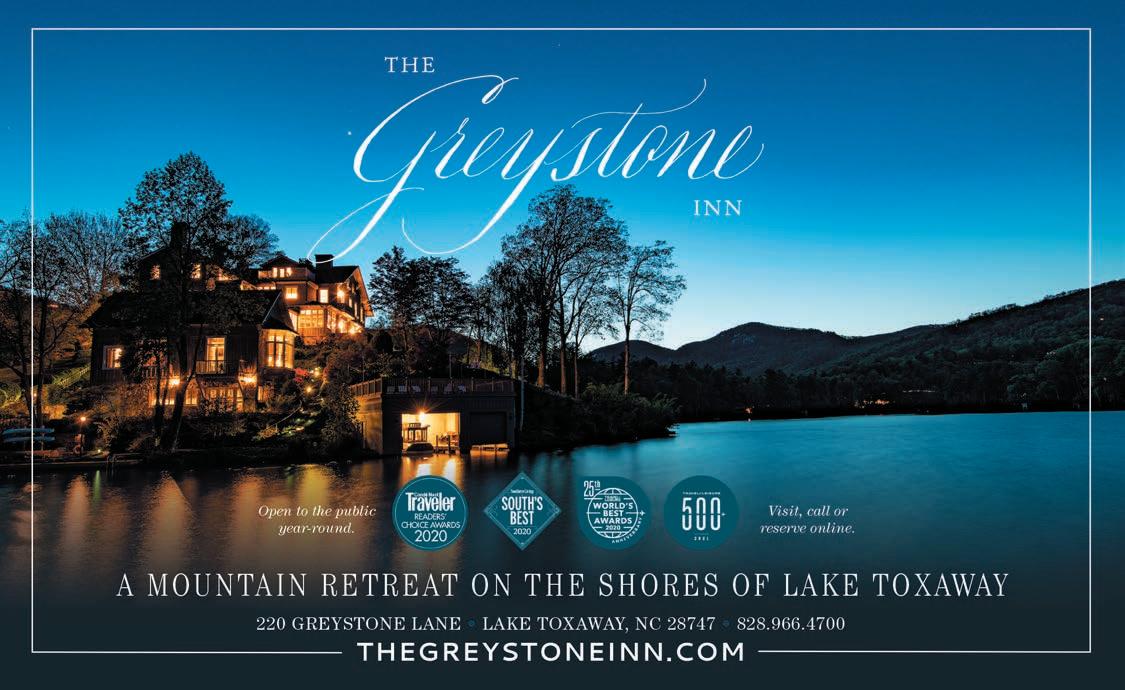

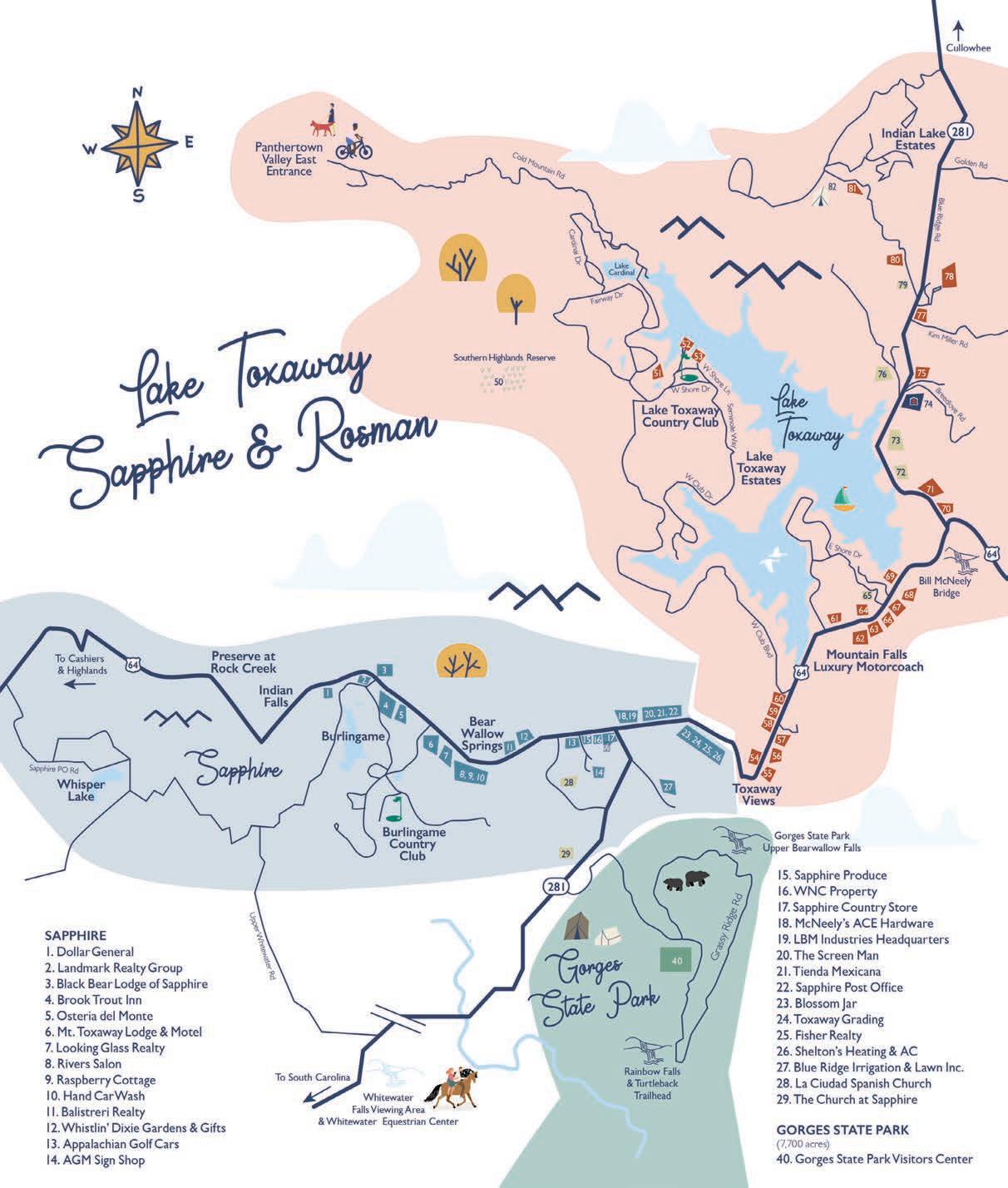
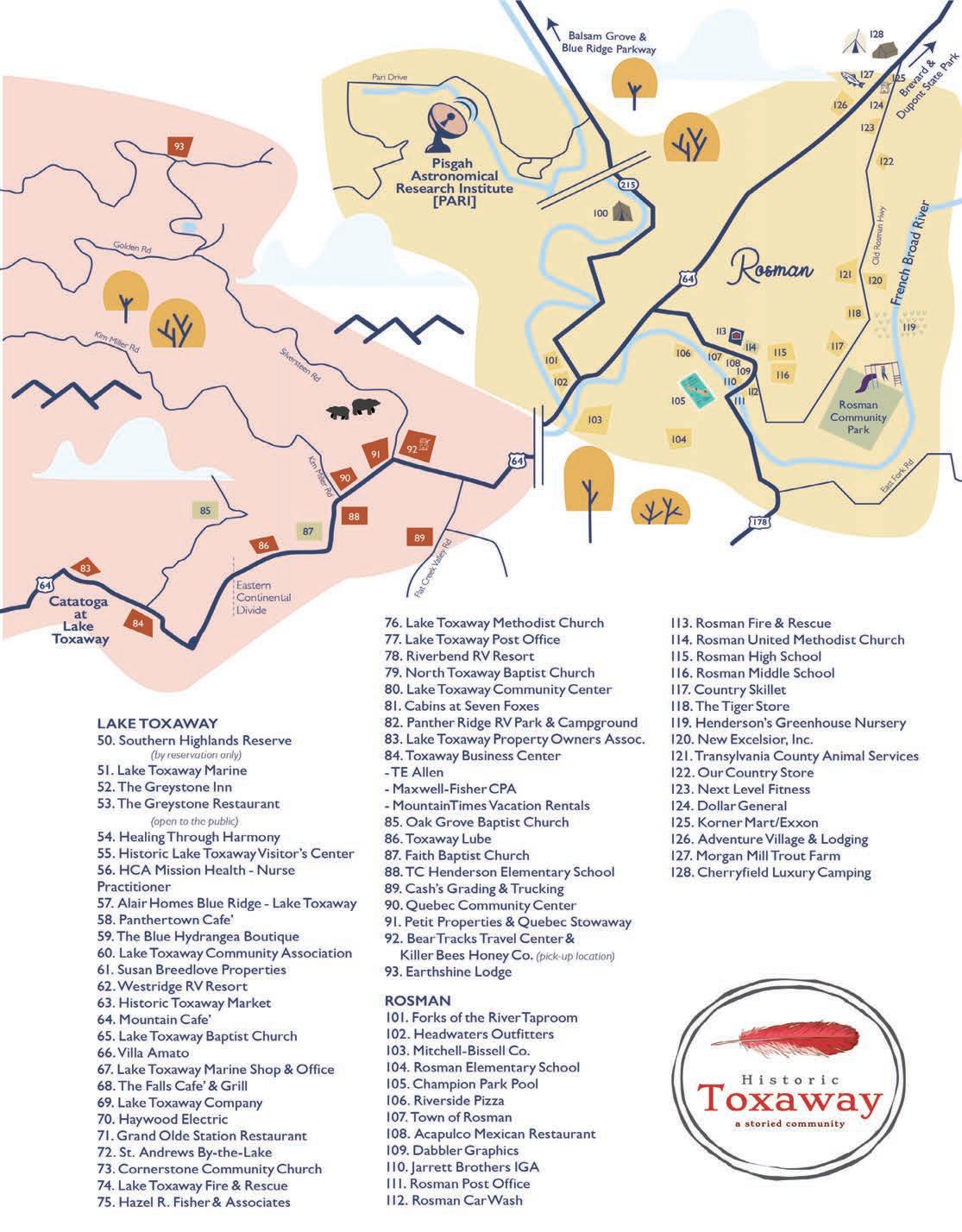


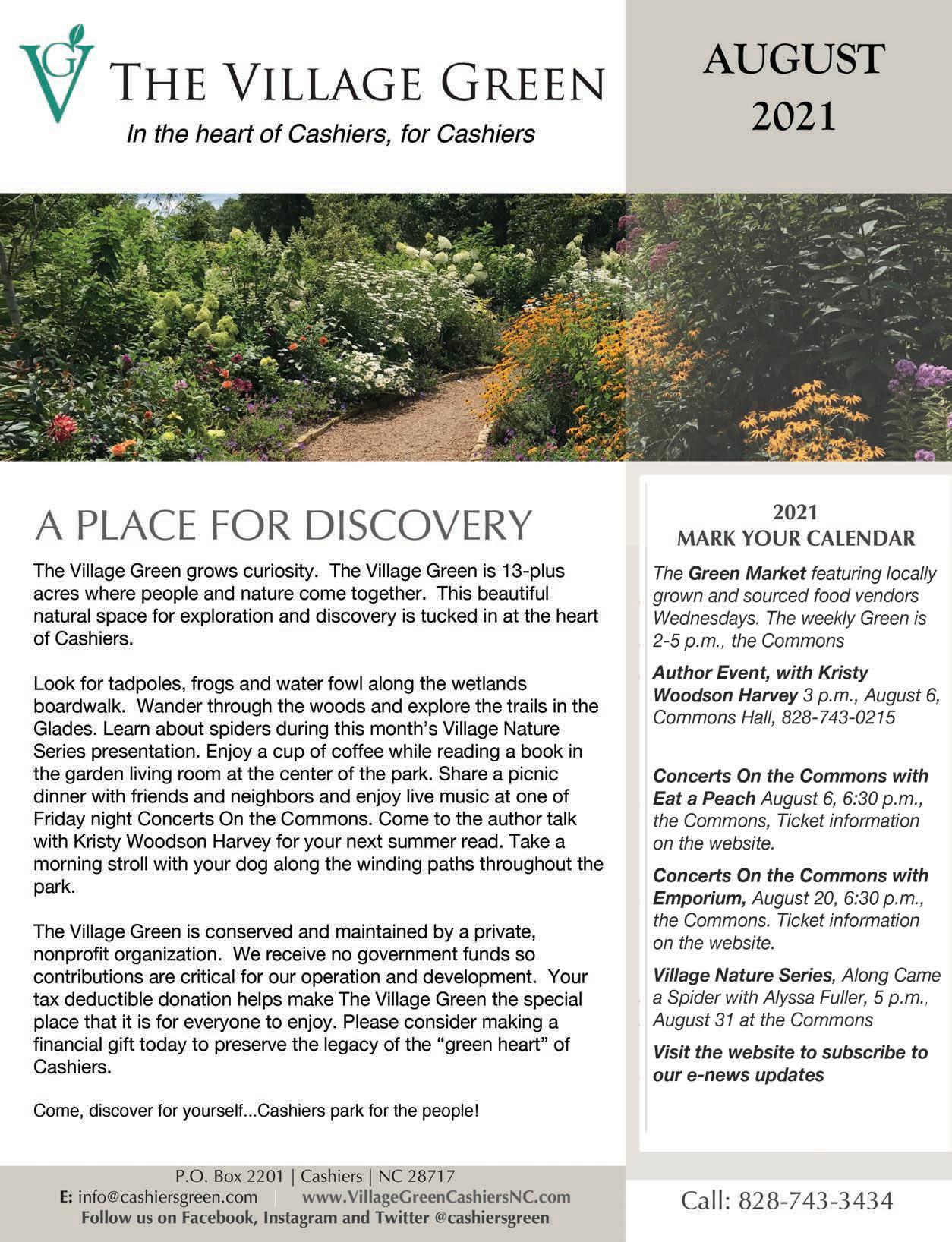
HISTORY
Pages 178 - 183
photo by Greg Clarkson
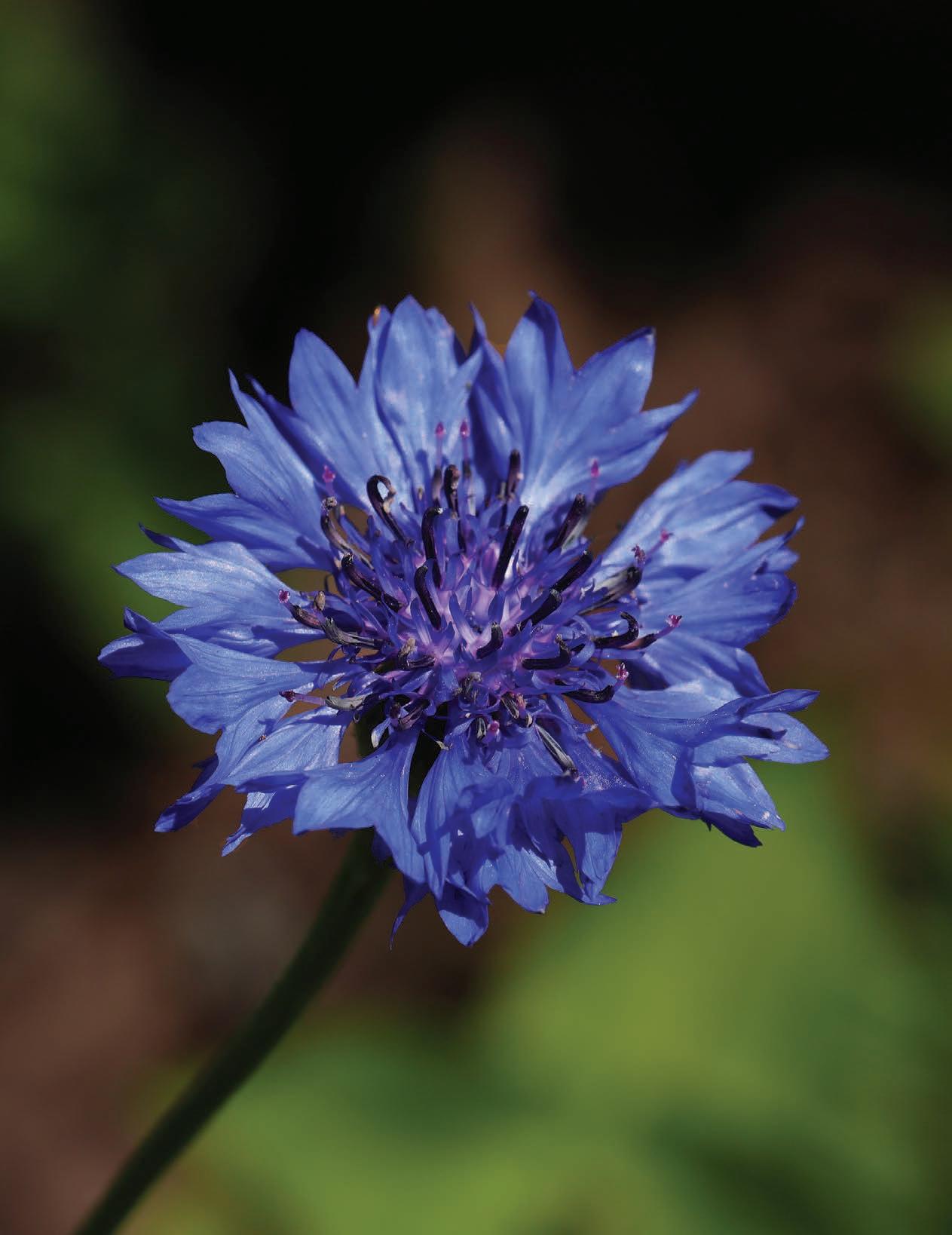
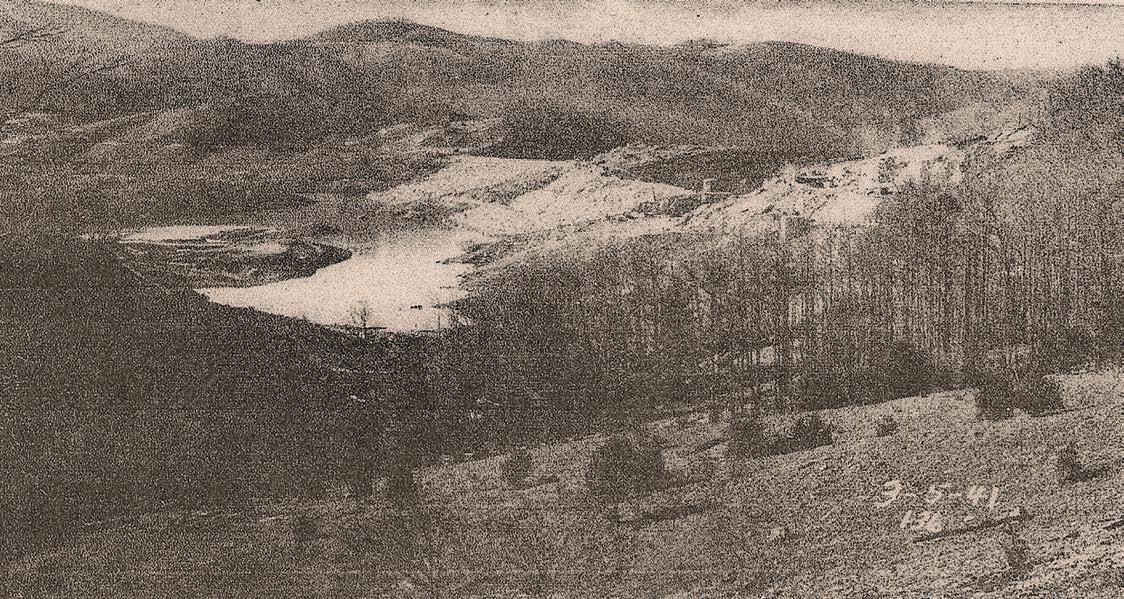
A Tragedy At Lake Glenville
A drowning shadowed Lake Glenville even before it was completed.
Even before Lake Glenville was completely filled with water for the first time, there was a tragic drowning of a local boy that summer of 1941.
The contractors of the dam had shut the valve on the spillway of the lake on February 12, 1941, and the water from its many feeding tributaries began to fill up the valley basin that once was the original village of Glenville.
A few months later, on a Sunday afternoon in May of 1941, young 17-year-old Richard Allport Breedlove was swimming with other youngsters way down on the freshly cleared and graded bank where the water level was slowly creeping up. They were on the eastern side of the new lake near where Cedar Creek used to join the Tuckasegee River.
Richard Breedlove’s parents had just signed a deed the prior year giving up nine acres to the Nantahala Power & Light Company. That nine acres was a portion of their land the company said would be covered by the lake waters when filled to capacity.
The power company negotiated a “fair price” for the land, but the parents, Walker and Ida Breedlove, did not know at the time the real price the family was going to be paying.
Richard was swimming with a small boy on his back. When he started to feel exhausted, he called out to the others to come get the boy. One of them, we only know as “Young Fisher,” swam out and grabbed the boy, but Richard was still struggling.
Shortly afterwards, he sank down in 20 feet of water. His body was recovered an hour later. CPR was attempted but to no avail.
Richard’s family consisted of his parents and three brothers still at home, Riddell, Charles, and Howard, and one sister, Cornelia Breedlove. Funeral services for Richard Allport Breedlove were held at the Lake Toxaway Baptist Church and he was buried at the church’s cemetery. Toxaway was the home of this family’s ancestors.
by Carol M. Bryson, Historian and Author of Glenville and Cashiers from the Records, GlenvilleCashiersHistory.com








